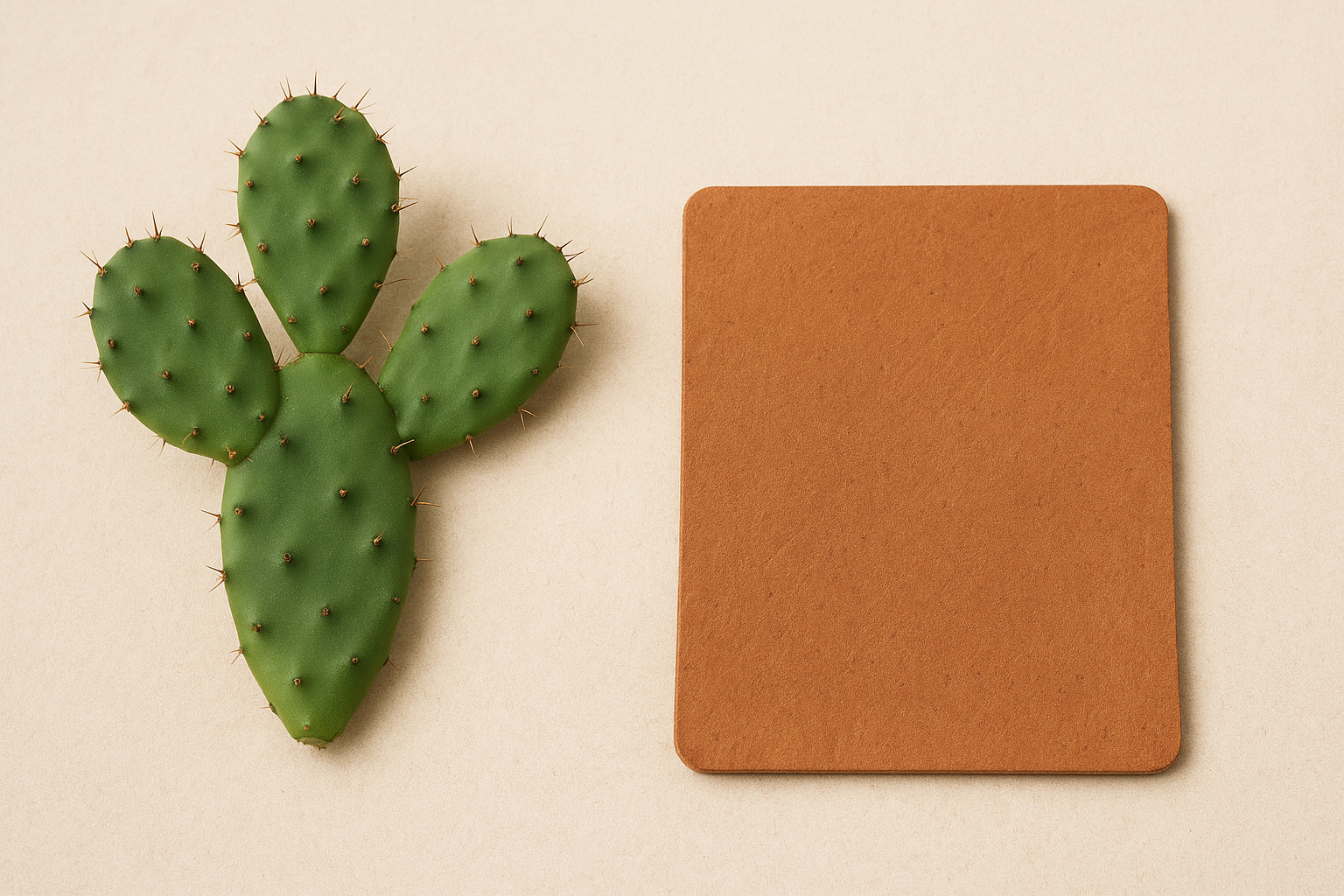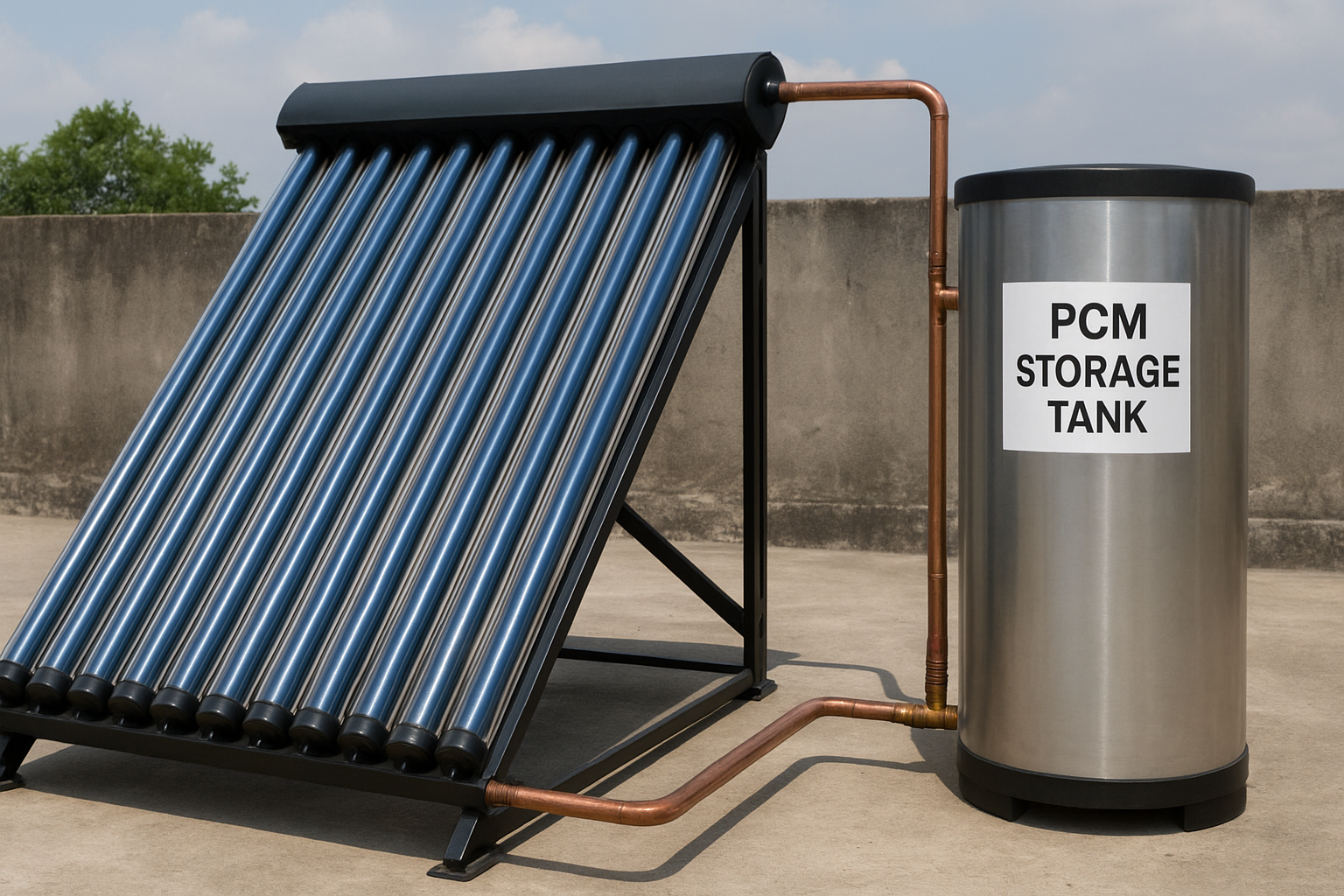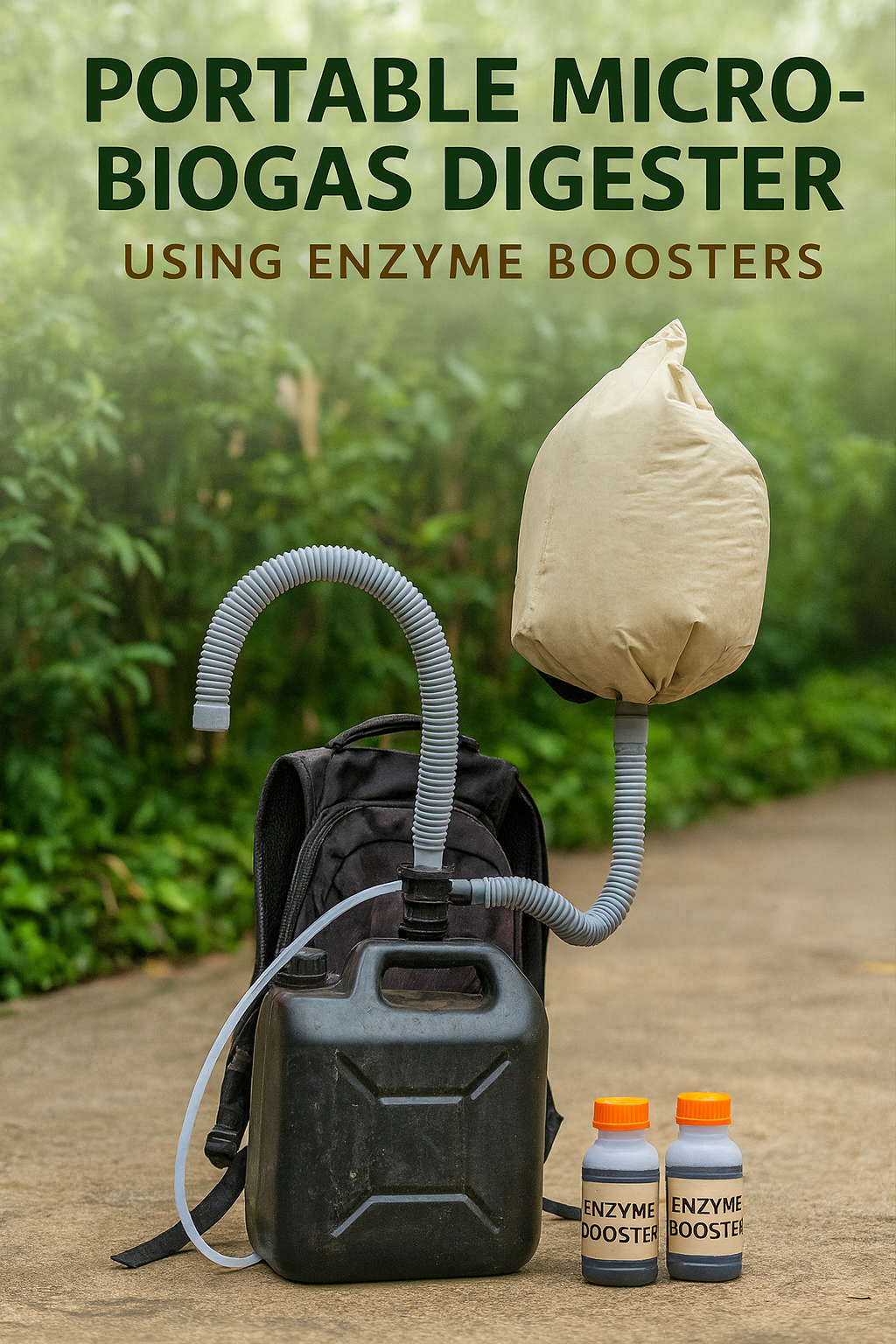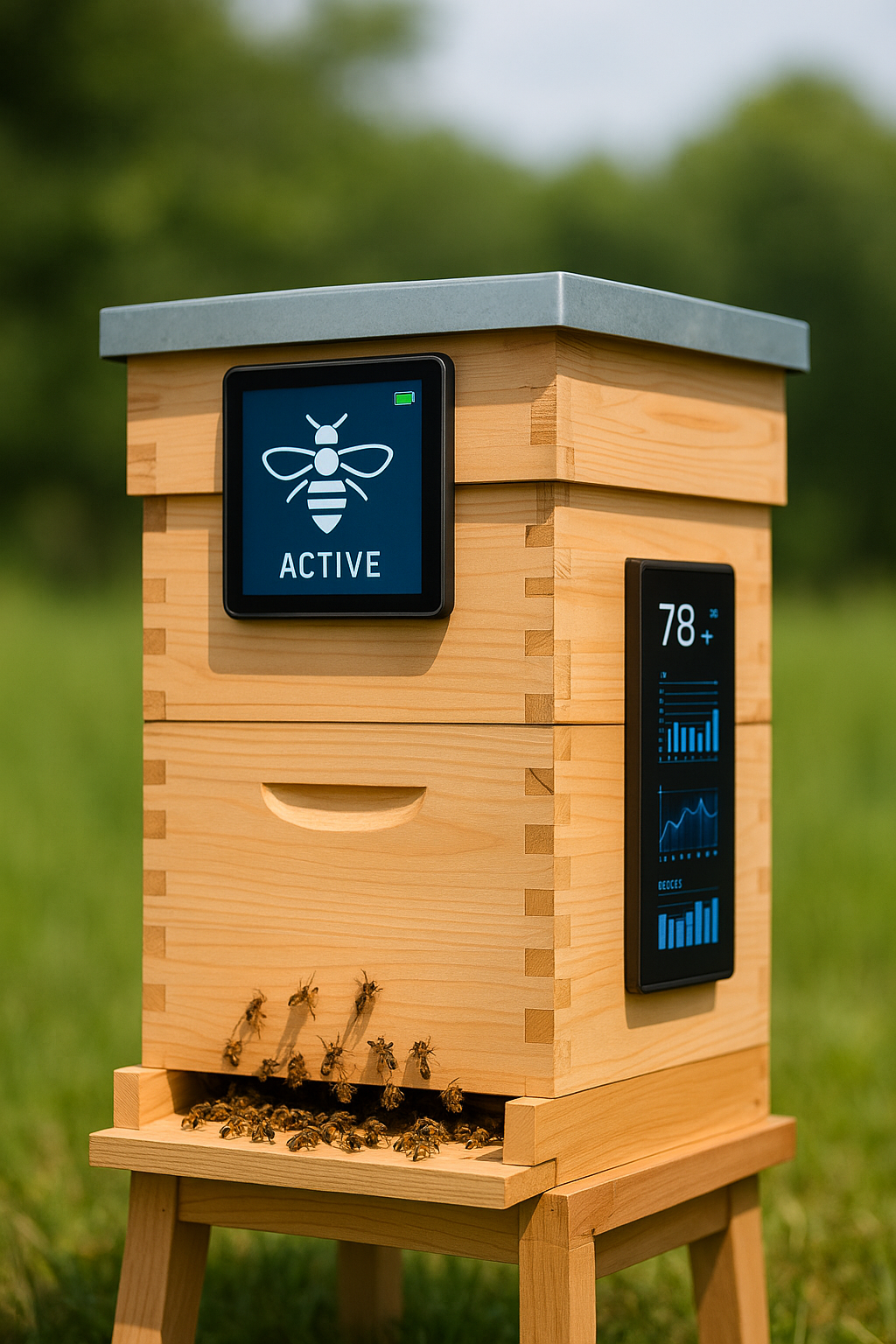Introduction:
The Oasis Garden project focuses on developing a water-efficient garden bed optimized for controlled irrigation, making it ideal for areas with scarce water resources. This approach aims to promote sustainable agriculture by enhancing water retention and improving soil health for effective crop cultivation.
Abstract:
This project demonstrates the preparation of an Oasis Garden bed, which incorporates a structured layering technique to retain water and maintain soil nutrients. Using materials such as plastic liners, rocks, organic mulch, and soil, the bed is designed to create a micro-environment conducive to plant growth. The project shows promising results in sustainable farming practices, with visibly healthy crops indicating the effectiveness of this method.
Materials:
- Plastic liners (for water retention)
- Rocks (for drainage)
- Drip irrigation pipes (for consistent water delivery)
- Organic mulch (such as hay or straw, for moisture retention and nutrient addition)
- Fertile soil (for planting)
- Gardening tools (shovels, rakes, etc.)
Procedure:
- Land Preparation: Clear the designated area, level the ground, and dig a trench for the garden bed.
- Lining: Line the trench with a plastic liner to prevent water from seeping into the surrounding soil.
- Drainage Layer: Place a layer of rocks at the bottom of the trench to facilitate drainage and prevent waterlogging.
- Irrigation Setup: Lay drip irrigation pipes along the length of the trench to provide a controlled and consistent water supply.
- Mulching: Add a layer of organic mulch (like hay or straw) above the rocks. This helps retain moisture and provides nutrients as it decomposes.
- Soil Layering: Spread a layer of fertile soil on top to serve as the main planting area.
- Planting: Plant the desired crops, maintaining proper spacing for growth and water absorption.
Results:
The final garden bed was highly effective in retaining water and supporting crop growth. The images show healthy plant growth, indicating that the Oasis Garden bed is well-suited for irrigated agriculture. The structured layers minimized water loss and maintained optimal soil conditions.
Conclusion:
The Oasis Garden preparation project successfully demonstrated a sustainable, water-efficient farming technique. By layering materials for optimal water retention and nutrient supply, the garden bed provides a viable solution for agriculture in water-scarce regions. This method promotes sustainable farming by conserving water and enhancing crop yield. Further experimentation could assess the adaptability of different crop types and soil amendments for improved outcomes.







I’m still learning from you, but I’m trying to achieve my goals. I definitely love reading everything that is written on your website.Keep the stories coming. I liked it!
You made some first rate points there. I looked on the internet for the issue and found most people will associate with together with your website.